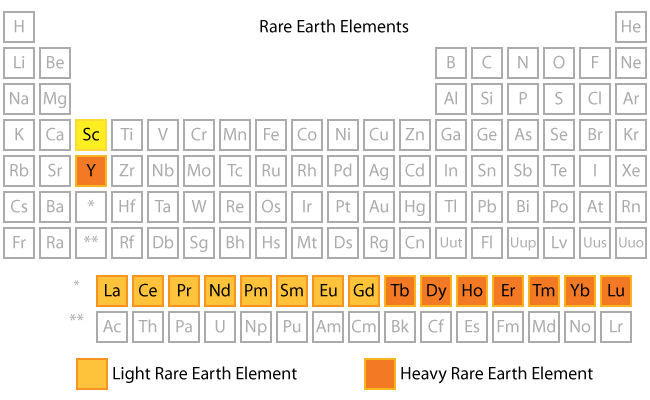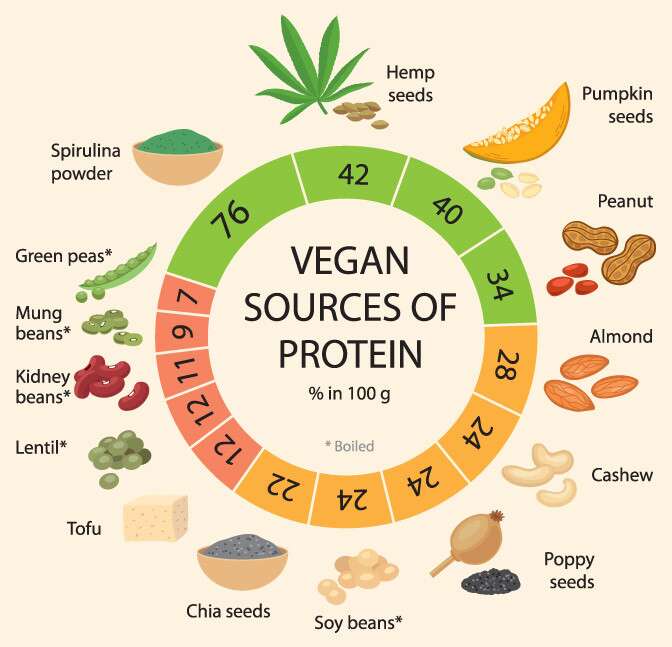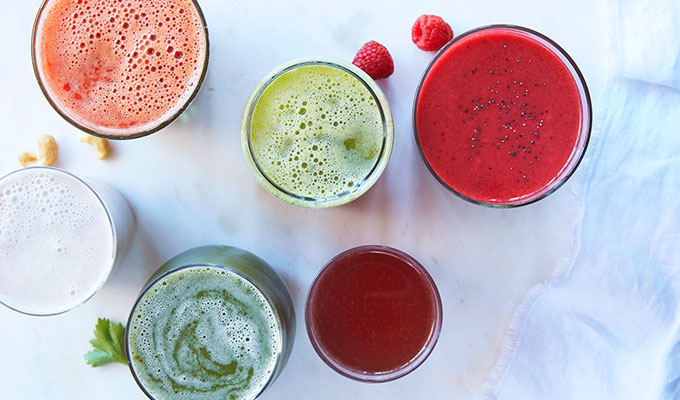
You don't have to cut out salt completely from your diet. You can still enjoy a wide variety of tasty foods without the high sodium content. It is important to choose the right foods. Here are some examples: canned goods, processed meats, and cheese. You can also opt for low-sodium tomato paste and juice. Low-sodium meats, dairy products and other products can also help you save money and time.
Fresh fruits, vegetables and whole-grain noodles are just a few of the many foods that have low sodium. Nuts contain healthy fats and are a great source of protein, fiber, and essential vitamins and minerals. They also contain antioxidants that protect against free radicals and fight the negative effects caused by sodium. You can read this article to find out the best ways to cut sodium.
Food labels should clearly indicate the sodium content to avoid any adverse effects. For example, look for the "Heart-Check" seal. Avoid processed meats that contain high levels of sodium. Also, ensure you check the ingredients to make sure they are marked as low sodium or low sodium. If you're not certain, you can cook with fresh herbs. You can also use celery seed, onion powder and garlic powder.
To cut your daily sodium intake, try substituting processed cheese for low-sodium ones. Alternatives include cottage cheese and mozzarella as well as buttermilk. You can also substitute table-salt with spices and make homemade juice from canned beverages. Avoid canned foods, as well as roasted salted almonds. These foods are high-sodium and should be avoided. It is best to thoroughly rinse cans with water before they are consumed.
Try to spread sodium throughout your day in order to avoid overeating. To reduce your sodium intake, try to choose fruits and vegetables, and make sure to avoid high-sodium foods. Ask for less salt in restaurants. Custom-made dishes are better for you and contain fewer sodium. Ask for sauces or dressings to be served with your order at a restaurant. When you're dining out, you can ask for lower-sodium choices.

The first step to follow when reducing sodium intake is to check the labels of the foods you eat. Always read the label. The label can be read to determine the serving size, the ingredients, as well the sodium content. A product should not contain more 140mg sodium per portion. You can even add spices to your popcorn to make it more delicious and help you stick to your low-sodium diet. This snack is a great source of fiber and is very low-sodium.
Salty foods should be avoided, but there are foods low in sodium. Whole grains and breads both have high fiber content and are low on sodium. Rice bran, for example, is a great source of fiber and contains only 6 mgs sodium per cup. Be aware that whole grain products can contain additional salt. For example, multigrain bread contains nearly 170 mgs of sodium.
If you want to reduce sodium in your diet, try eating fresh fruit. Fresh fruits have very low sodium levels and are high in essential vitamins. An apple, for example, contains approximately one milligram (or 6%) of the recommended daily sodium intake. Greek yogurt is an excellent option for those who are trying to reduce their sodium intake. It has the same amount as plain yogurt but contains more protein. It is also rich in potassium which is crucial for maintaining healthy levels of blood pressure.

Some foods can have high sodium levels. However, they are still relatively low compared to other foods. Although vegetables are rich in fiber and naturally low sodium, they are also high in sodium. For example, a cup beets will have 84 milligrams and half a cup of spinach will have 63 milligrams. Asparagus, green beans, avocado, and corn are all "salt-free".
FAQ
Which is the best way for you to learn how to cook?
Cooking should be something everyone can do. It's a great way to experience delicious food without having to learn how to cook. First, find a recipe that appeals to you and then follow it closely. The next step is to practice making small modifications to the recipe until it becomes second nature. Finally, try cooking for others. This will allow you to improve your cooking skills and test your abilities.
Which career path is best for someone who wants a career as a chef or chef? What are the best ways to start your career as a chef.
You should start as an apprentice if you are interested in becoming chef. Apprenticeships allow you to work for several years without paying any tuition fees. You can apply to become a sous-chef after you have completed your apprenticeship. Sous chefs assist cooks with tasks such as making salads, and desserts. They also oversee the restaurant's operations.
How do I become a chef?
The first step toward getting a job as a chef is to complete a culinary arts degree. You should next join a professional organization such as the American Culinary Federation. This organization offers certification exams, as well networking opportunities.
Where can you buy high quality kitchen equipment
You can order high-quality kitchen appliances online. There are many online shops that sell all sorts of kitchen tools. You should read user reviews and ratings before purchasing any kitchen tools. If you have similar items to purchase, ask your friends and family if they would recommend them.
What are basic cooking skills?
Basic cooking skills include being able to read and measure ingredients, prepare food safely, clean up after yourself, and cook. This is the first step to learning how to cook. Cooking can be a great way of saving money, as you don't need to go out to eat all the time.
How can I be hired as a chef?
Word of mouth can help you get a job as an experienced cook. A friend or family member might know of an open restaurant that is in desperate need of staff. There are often openings posted on websites and bulletin boards.
Statistics
- In the United States, the category is estimated at $23.2 billion annually and is growing faster than the market. (washingtonpost.com)
- You'll be amazed that over 90% of CIA students receive scholarships and grants to finish their culinary studies. (ischoolconnect.com)
- under 10 Kids have been taught that there is special food just for them, and Fiese says that 10 percent of kids will throw a tantrum if they don't get the food they want. (washingtonpost.com)
External Links
How To
How to cook a steak
The right cooking method for any type of meat depends on its thickness. Thicker steaks cook best at low heat. Thicker steaks require higher temperatures.
They will lose their flavor if they are overcooked. Make sure to remove the steaks from the pan after it is done. This will help you avoid burning your skin.
Cooking times vary depending on the size and degree of doneness desired. Here are some guidelines:
Medium Rare: Cook the meat until it reaches medium rare (63°C). This can take anywhere from 3 to 5 minutes per side.
Medium: Cook until medium. This means that the internal temp has reached 160 degrees F (71 degrees Celsius). This usually takes about 6 minutes per side.
Cook well until done. That means that the internal temp reaches 180degF (82degC). This typically takes 8-12 minutes per side.